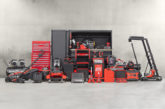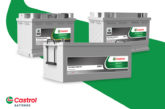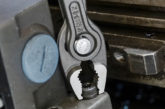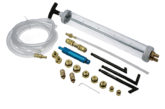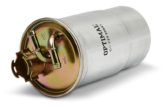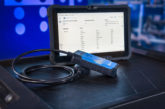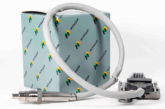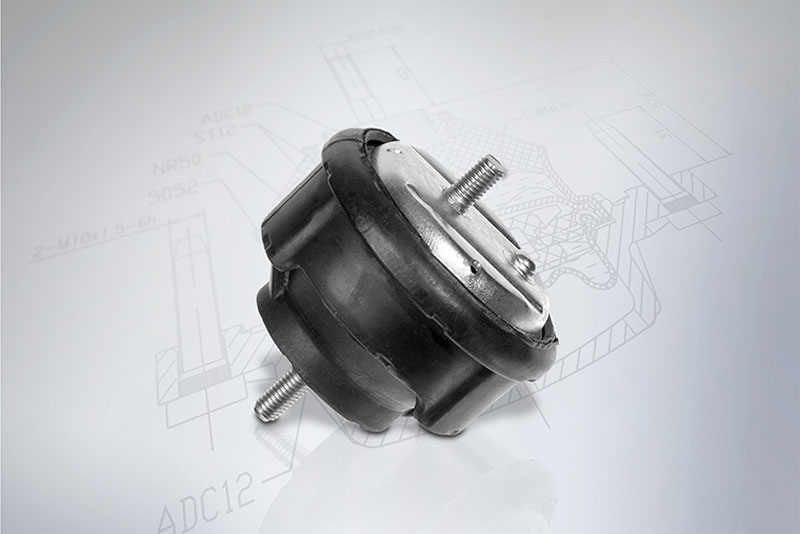
MEYLE is further expanding its comprehensive product portfolio, with the addition of over 100 new MEYLE engine mounts.
The Hamburg manufacturer’s product range now caters for more than 3,000 applications in this segment. This will enable independent workshops across Europe to service over 173 million vehicles.
MEYLE workshop advice: MEYLE engineers recommend that engine mounts always be checked when doing a routine vehicle inspection. Signs of a defective engine mount are fissures in the rubber material, metal peeling or, where hydraulic engine mounts are installed, leakage. If a mount is diagnosed as being defective and replaced accordingly, customers will instantly experience the difference: the vehicle’s road-holding behaviour and driving comfort are significantly improved.
High engine loads, excessive vibration and frequent temperature changes from ambient air to operating temperatures often result in early part failure, manifesting itself through unresponsive steering and reduced driving comfort. The new additions to the range of MEYLE engine mounts will enable workshops across Europe to cater for 173 million of the vehicles on Europe’s roads. Material quality is the key to ensuring long part life despite the high static, dynamic and thermal stresses to which the parts are exposed, and is therefore a prime concern of the company’s engineers. All the materials employed are specially chosen to match the respective vehicle and undergo rigorous quality control procedures from design to final product.
On the company’s “MEYLE TV” channel workshops will find a new video spotlighting the exceptional quality and durability of MEYLE engine mounts to help repair professionals communicate the benefits of MEYLE parts to their customers. The video explains in detail the loads acting on the part and their consequences. It also demonstrates the superb MEYLE quality by showing the parts’ behaviour under test conditions, including a static settling test under heat exposure and a dynamic test.


